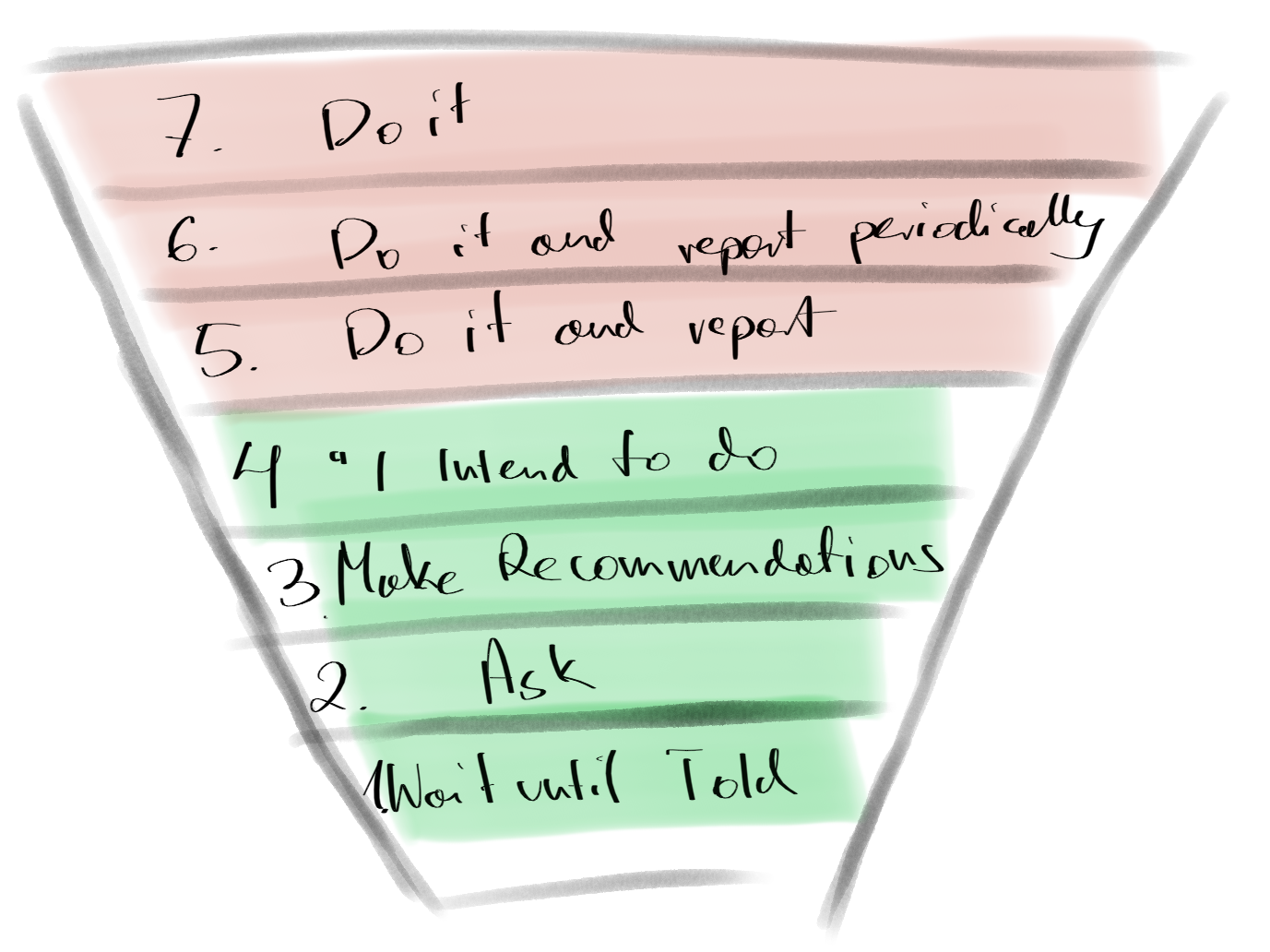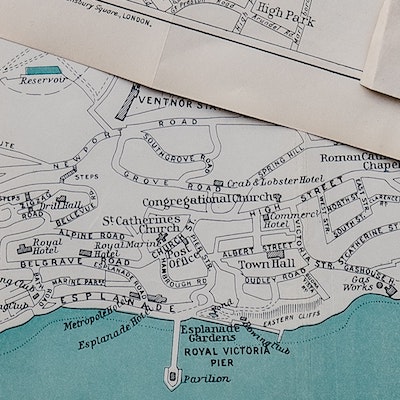Lessons learned from Decision Maker
In the past few weeks, I’ve read Getting Things Done, Technical Leadership, Elon Musk Biography and The Decision Maker.
Each of these books was good. But “The Decision Maker” is a game changer and I can’t stop thinking about this book. It was worth reading - for sure. I’ve decided to write a short book review and note the most important facts that I’ve learned from this book.
Review
This book is a story about a company and its new owners who have left the corporation and decided to build a great place to work. It is full of dialogues, issues, and situations.
By observing those scenes, the author presents ideas and values that matter when you have to lead the team or the company.
Is this book only for managers or bosses? Certainly not. If you work with other people or deal with non-trivial tasks, this book is for you. For me, it is an appropriate supplement for any “Agile” book.
Blueprint presented in this book is a good starting point for setting up company culture.
The story did not take place in reality. Each scene looks genuine, but as a whole, it seems artificial. Like a romance from 90’s, when you know they will live happily ever after.
People
To begin with, you have to change your thinking about other people.
People:
- are unique,
- are creative,
- are able to learn,
- have different strong points,
- have different needs,
- like a challenge,
- are capable of changing the environment,
- are capable of making contribution,
- can be trusted.
Among some people, you can see those values. Among others, you have them hidden, and you have to unlock them.
But there is always somebody who disagrees with it and this is important to remember it. Do you see any similarities with Theory X and Y employees?
Decision Maker
Secondly, you have to choose the Decision Maker. It is a person who makes a decision. How to find them? It is simple.
The Decision Maker is a person, who is closest to the action. Bosses or leaders are not often deeply familiar with the situation. Usually, team members are often closer to the problem.
The Decision Maker has to be capable of listening and understanding other people. Making a decision is a process, in which you have to talk and listen to the others.
The Decision Maker should be aware of what is going on. Awareness of facts and consequences is crucial. If the person does not have basic data for making decisions - like company current finance status - you are responsible for unlocking that data.
Wisdom and knowledge are desirable qualities of that person.
It is a leader’s job to choose the Decision Maker. The leader should also observe and monitor the Decision Maker to see if he makes good decisions. If not, something should be done by the leader.
Results of making decision
It turns out that your employees’ decisions are often as good as or even better than yours can ever be.
People who are allowed to make the decision feel the ownership, because of that they will do everything to make the best possible decision.
Advisory process
The purpose of the advisory process is to look for a wider perspective.
The Decision Maker should ask at least a few people what they think about the decision.
He or she should ask:
- team members,
- other people with experience,
- subordinates and superiors,
- anyone who can help.
But the Decision Maker should take the final call.
Silver bullet
The decision maker process is not a silver bullet. It is only one tool or technique. The bigger picture is not straightforwardly visible in the book.
Between the lines, you can see many behaviours and dialogues which look familiar in “Teal Organizations”. If your organization is not ready, the decision maker process is definitely not the road to follow.




